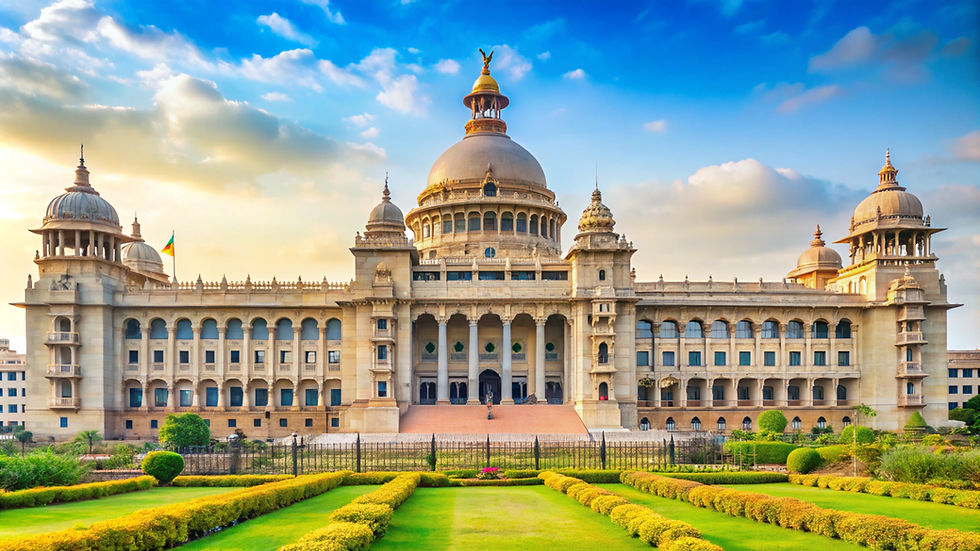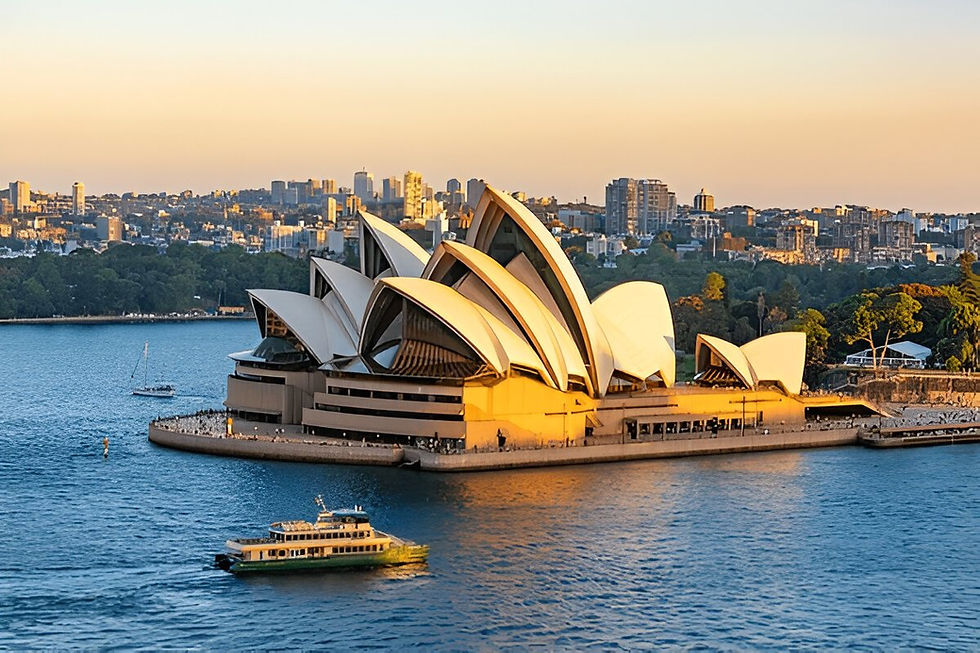Captivating Travel Photography: A Visual Journey
- seo viacation
- Aug 11
- 4 min read
Travel photography is more than just taking pictures. It is about capturing moments, emotions, and the essence of a place. Each photograph tells a story, inviting viewers to experience the world through the photographer's eyes. Whether you are a seasoned traveler or just starting your journey, understanding the art of travel photography can enhance your adventures and create lasting memories.
In this post, we will explore the key elements of captivating travel photography. We will discuss techniques, tips, and the importance of storytelling through images. So grab your camera, and let’s embark on this visual journey together.
The Importance of Storytelling in Travel Photography
Every great photograph has a story behind it. When you take a picture, think about what you want to convey. Is it the beauty of a sunset, the hustle of a market, or the serenity of a quiet beach?
To tell a story through your images, consider these aspects:
Context: What is happening in the scene? Capture the environment and the people in it.
Emotion: What feelings do you want to evoke? A joyful moment or a peaceful landscape can resonate differently with viewers.
Connection: How does the image relate to your experience? Share your personal connection to the place or moment.
By focusing on these elements, you can create photographs that not only look good but also resonate with your audience.
Choosing the Right Equipment
While you don’t need the most expensive gear to take great travel photos, having the right equipment can make a difference. Here are some essentials to consider:
Camera: A DSLR or mirrorless camera offers flexibility and quality. However, a good smartphone can also capture stunning images.
Lenses: A versatile zoom lens is great for various situations. A wide-angle lens is perfect for landscapes, while a prime lens can help with portraits.
Tripod: A lightweight tripod is useful for long exposures and low-light situations.
Editing Software: Post-processing can enhance your images. Familiarize yourself with software like Adobe Lightroom or Snapseed.
Remember, the best camera is the one you have with you. Focus on learning how to use your equipment effectively.
Composition Techniques for Stunning Photos
Composition is key in photography. It determines how your subject is framed and how the viewer's eye moves through the image. Here are some techniques to improve your composition:
Rule of Thirds: Imagine dividing your frame into a 3x3 grid. Place your subject along these lines or at their intersections for a balanced look.
Leading Lines: Use natural lines in the scene to guide the viewer's eye toward the subject. Roads, rivers, and pathways can create depth.
Framing: Use elements in the environment to frame your subject. This adds context and draws attention to the main focus.
Negative Space: Sometimes, less is more. Allowing space around your subject can create a sense of isolation or emphasize its importance.
Experiment with these techniques to find what works best for your style.
Lighting: The Photographer's Best Friend
Lighting can make or break a photograph. Understanding how to use natural light will elevate your travel photography. Here are some tips:
Golden Hour: The hour after sunrise and before sunset provides soft, warm light. This is often the best time for outdoor photography.
Overcast Days: Cloudy skies can create even lighting, reducing harsh shadows. This is ideal for capturing details in landscapes.
Backlighting: Position your subject against the light source for dramatic effects. This can create silhouettes or highlight textures.
Artificial Light: Don’t shy away from using flash or other light sources. They can add interest and depth to your images.
Pay attention to the light and how it interacts with your subject.
Capturing People and Culture
Travel photography often involves capturing the local culture and people. Here are some tips for doing this respectfully and effectively:
Ask for Permission: Always ask before photographing people. This shows respect and can lead to more genuine interactions.
Candid Shots: Capture people in their natural environment. This can reveal their daily lives and emotions.
Cultural Events: Attend local festivals or events. These occasions provide vibrant opportunities to capture the essence of a culture.
Portraits: When taking portraits, focus on the eyes. They convey emotion and connection.
Remember, every person has a story. Your photographs can help share those stories with the world.
Editing Your Travel Photos
Editing is an essential part of the photography process. It allows you to enhance your images and bring your vision to life. Here are some basic editing tips:
Crop for Composition: Adjust the framing to improve the composition. Remove distractions from the edges.
Adjust Exposure: Brighten or darken your image to achieve the desired mood.
Color Correction: Enhance colors to make them pop. Be careful not to overdo it; natural colors often resonate better.
Sharpening: Apply sharpening to enhance details, especially in landscapes and portraits.
Editing should enhance your images, not change them completely. Find a balance that reflects your style.
Sharing Your Work
Once you have captured and edited your travel photos, it’s time to share them. Here are some platforms to consider:
Social Media: Instagram and Facebook are great for sharing your work with friends and followers. Use relevant hashtags to reach a wider audience.
Photography Websites: Create a portfolio on platforms like 500px or Flickr. This allows you to showcase your best work.
Blogs: Start a travel blog to share your experiences and photos. This can help you connect with other travelers and photographers.
Prints: Consider printing your best images. They can make beautiful wall art or gifts.
Sharing your work not only showcases your talent but also inspires others to explore the world.
Final Thoughts on Your Visual Journey
Travel photography is a rewarding way to document your adventures. By focusing on storytelling, composition, lighting, and cultural connections, you can create captivating images that resonate with viewers.
Remember, the journey is just as important as the destination. Each photograph is a piece of your story, capturing moments that will last a lifetime. So, grab your camera, explore new places, and let your creativity shine.

As you continue your travels, keep experimenting and learning. The world is full of beauty waiting to be captured. Happy shooting!







Comments